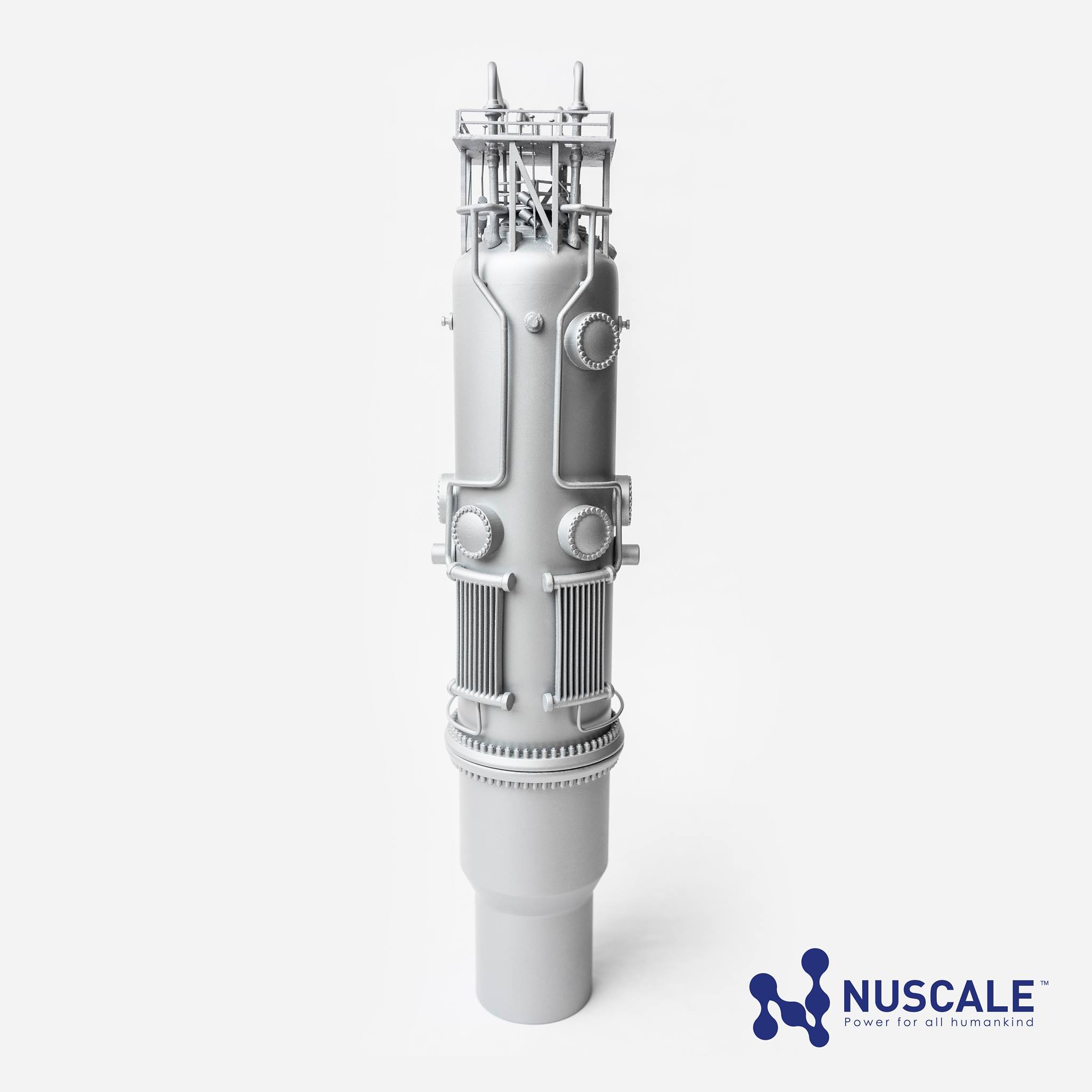
Nuclear Regulatory Commission Issues Tennessee Valley Authority Initial Approval for Small Modular Reactor Powerplant Site
Pre-assembled small modular nuclear reactor for electricity generation advances in site and design regulatory approval process..